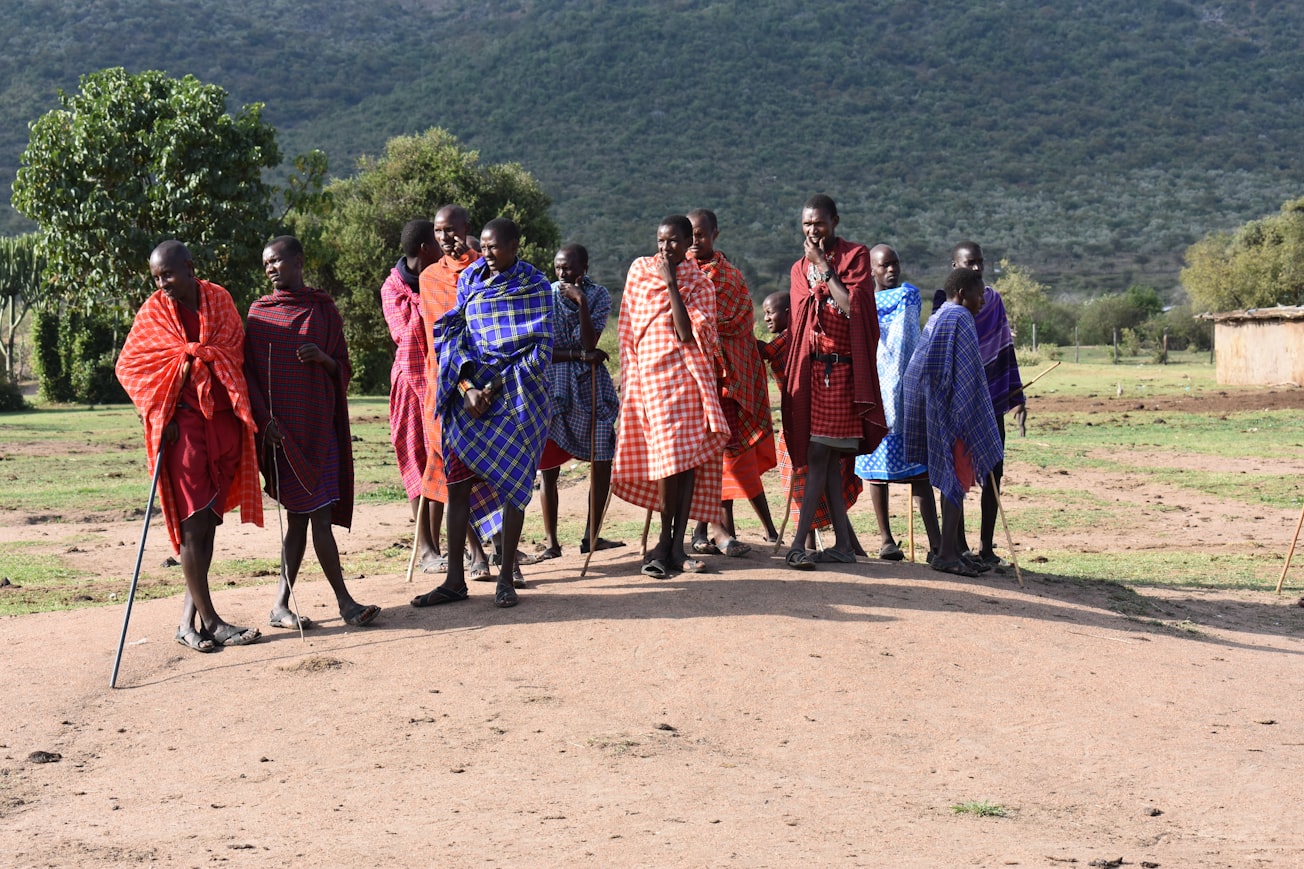What is it about?
The vast majority of indigenous communities are among the world’s poorest and are unlikely to be engaged in a thriving, mutually beneficial partnership with an MNC. While there are increasing studies on CSR initiatives in base of the pyramid communities, few—if any—feature the self-initiated stakeholder transition of an impoverished community. This paper examines the factors that motivated the stakeholder transformation process of an indigenous community, from its position as a non-stakeholder, one lacking in power and legitimacy, to the status of being a primary stakeholder of the firm. We applied a constructivist grounded theory approach to longitudinal data to arrive at the conceptual framework. The findings presented are drawn from an in-depth case study of the Maasai, an indigenous community from East Africa. The findings point to the existence of entrepreneurial alertness that is instrumental in propelling the indigenous community to evolve from one stakeholder category to the next. Our research aims to propose a possible foundation for how communities deep in poverty can coalesce themselves to make their social needs salient to multinational organizations.
Featured Image

Photo by Justin Porter on Unsplash
Why is it important?
Stakeholders are considered the pulse of organizations, especially primary stakeholders who help shape policy and hold leadership accountable. Rarely investigated is the process of how stakeholders with no power can transform and evolve to a level of prominence, particularly when the stakeholder is an indigenous tribe without any power or legitimate claim on the organization. Based on our observations from the data (interviews with the community, Pikolinos, and archival reports), there was an evolving pattern of the community negotiating the stakeholder process, as evidenced by the social legitimacy, urgency, and power that grew in its partnership with the MNC. The stakeholder transformation process was ignited by the entrepreneurship alertness of the community representative. The ability to utilize opportunities and coordinate the community to meet the expectations of the MNC was integral in the transition from non-stakeholder to secondary stakeholder, and from secondary stakeholder to primary stakeholder. Future research could explore how entrepreneurial alertness might change over the course of a partnership, especially one that reveals a stakeholder transition. Would the antecedents leading to entrepreneurial alertness be dependent on time or other dynamic factors? Could the factors themselves be interdependent? The literature would benefit from further explorations of how entrepreneurship may facilitate the stakeholder transition process.
Read the Original
This page is a summary of: Stakeholder Transformation Process: The Journey of an Indigenous Community, Journal of Business Ethics, December 2017, Springer Science + Business Media,
DOI: 10.1007/s10551-017-3759-0.
You can read the full text:
Resources
Contributors
The following have contributed to this page










